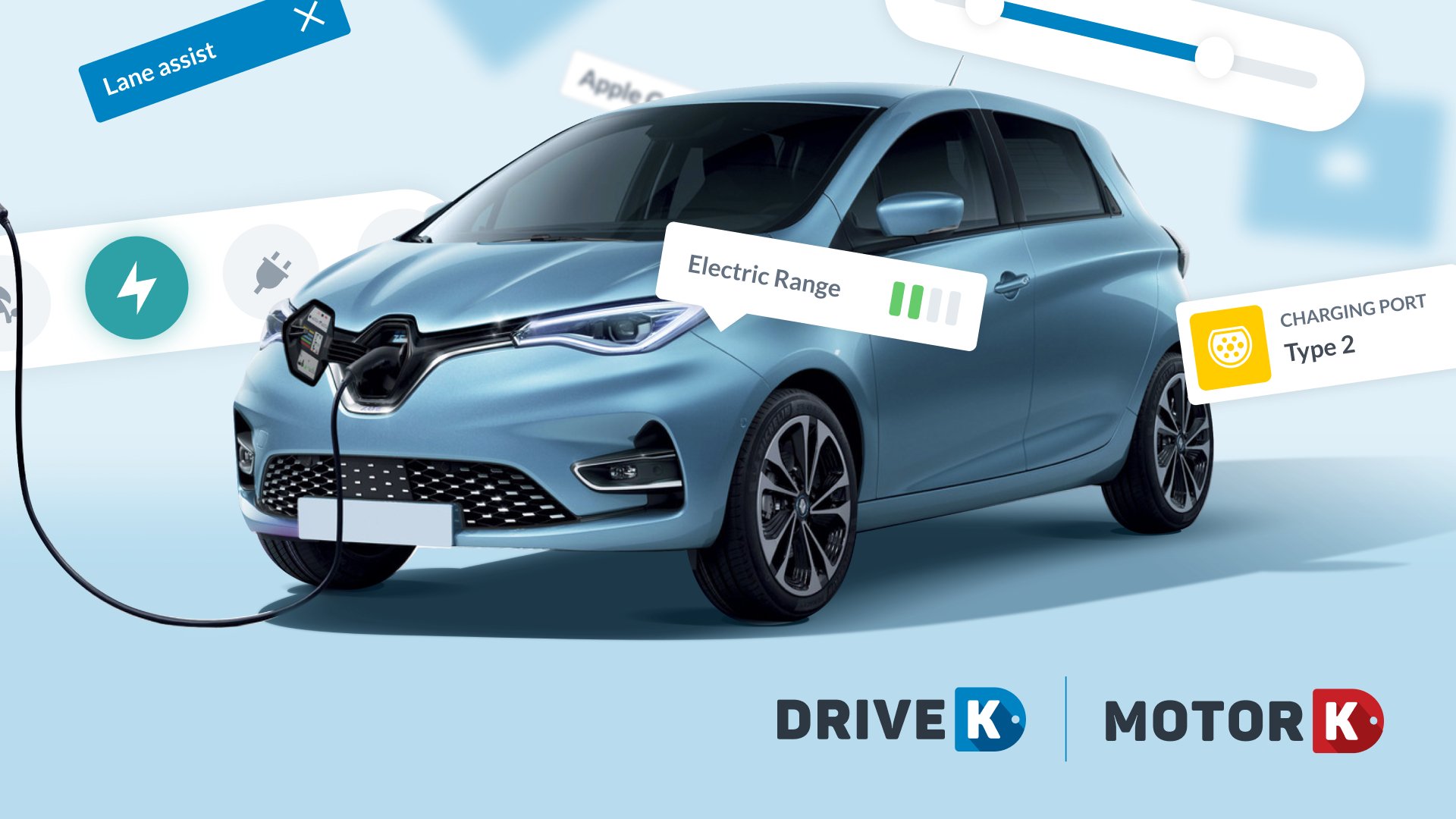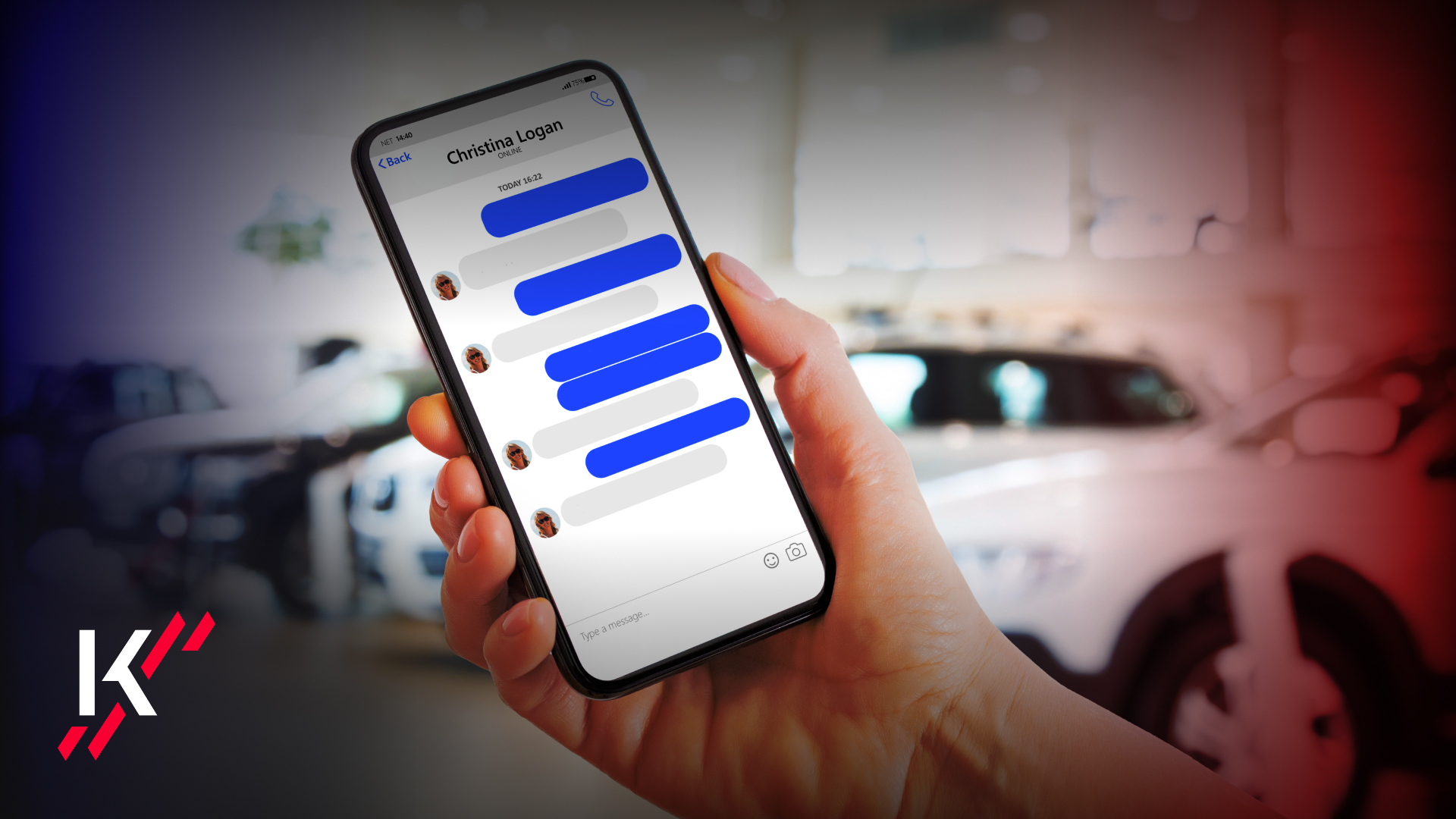Following the pandemic, the economic crisis that hit the automotive sector is under everyone’s eyes; yet, the first signs of recovery are coming from electric and hybrid cars, whose sales during the period show positive signs. Encouraging data on registrations, with sales of electric cars in Europe more than doubled in the first quarter of 2020, show an increasing propensity of European buyers to opt for “zero-emission” transportation. Incentives launched by several European governments, which are putting in place measures to relaunch the car sector and with the hope to reduce CO2 emissions, are certainly prompting the sale of eco-friendly cars. Buyers will receive a bonus of up to 7,000 euros in France, up to 6,000 euros from the German government and up to a maximum of 4,000 euros in Spain (to which must be added a discount of 1,000 euros applied by the seller). Latest news is, however, that in Italy whomever buys an electric car from August 1st to December 31st, 2020 will be able to take advantage of a contribution of up to 10,000 euros (of which 2,000 to be paid by the seller) in case of scrapping and purchase of cars with emissions between 0 and 20 grams of CO2 per km.
Zero emissions, greater energy efficiency and economic benefits for the buyer; yet, the numbers as a whole are still too low to suggest thriving progress. We have identified several reasons why this is happening.
Price is still the biggest deterrent
The main reason that still holds the growth of electric cars back is linked to high production costs, which inevitably translate into higher purchase prices than those of a traditional diesel or petrol car. Nonetheless, if maintenance costs are taken into account, electric cars usually have lower running costs than an equivalent conventional car. It should also be taken into account that those who drive an electric car can benefit from measures often in place in Europe: for instance, car tax exemption, free access to restricted traffic areas, dedicated car parks or free parking.
Recharge stations are still not widespread
The limited range – although improved considerably in recent years – is one of the most discussed issues among potential buyers of a zero-emission car, but when it comes to buying an electric battery car, the aspect that drivers are most concerned about is still the low number of charging stations. According to an estimate made by the EU Commission, by 2030, 2.9 million charging points will be needed, about 15 times more than the ones currently available. Today, recharging an electric car can be a struggle given the few charging points available in most parts of Europe, aggravated by the fact that it takes too long to refuel, the power of the electricity grid and the absorption capacity of the car itself. In Italy, the recharging network continues to grow but not homogeneously, as half of the stations in the area are concentrated in the Central-Northern regions and larger cities.
How does the value fluctuate over time?
Another deterrent to the purchase of electric cars is the faster depreciation of these vehicles compared to petrol cars, ascertained by several studies. The phenomenon is mainly caused by the depreciation of the battery which is, at the same time, the most expensive component of the car. Batteries of EVs gradually lose their ability to recharge, due to factors such as prolonged parking, excessive use of fast charging and high temperatures. What makes electric cars still uncompetitive is also the rapid technological evolution. As a matter of fact, manufacturers are constantly working to find innovative solutions and launch more advanced models. This leads to the rapid obsolescence of previous models and a greater risk of losing their value over time.
Electric cars are seen as a threat, the auto industry has the duty to debunk the myth.
A less obvious but significant point sees many car buyers associate electric cars with autonomous driving, which often spurs a general fear. It’s the new technologies that are frightening, the image of a computerized vehicle that circulates on urban roads and interfaces with the surrounding reality, and above all, the idea that one cannot intervene manually. But this is not the case with electric vehicles which, in most cases, are not self-driven and are as safe as traditional cars. Moreover, there are safety devices designed to prevent the risk of electric shock after an accident. On closer inspection, this distrust stems from a general unawareness of the features of these vehicles. Ultimately, this is a new challenge for operators in the business, whose task it is to provide the relevant knowledge and lead the e-mobility revolution.
If boosting sales is now a real imperative for manufacturers and dealerships, it is true they must be equipped with all the technological tools necessary to stimulate interest and knowledge on the part of citizens. Drivers must be made capable to choose, compare, and understand the differences between the various vehicles on the market, because it is only by starting from a thorough knowledge of the offer, that sales can be generated. That is why we are pleased to present a new digital tool that can facilitate the research process and choice of an electric or hybrid car, while meeting the digital needs of the industry.








